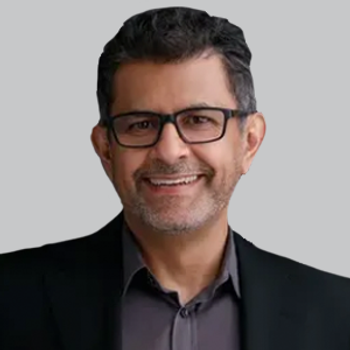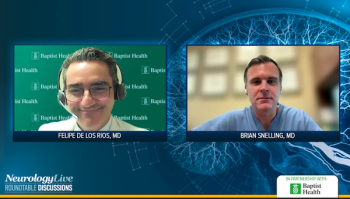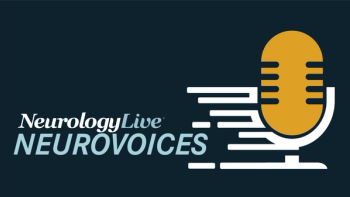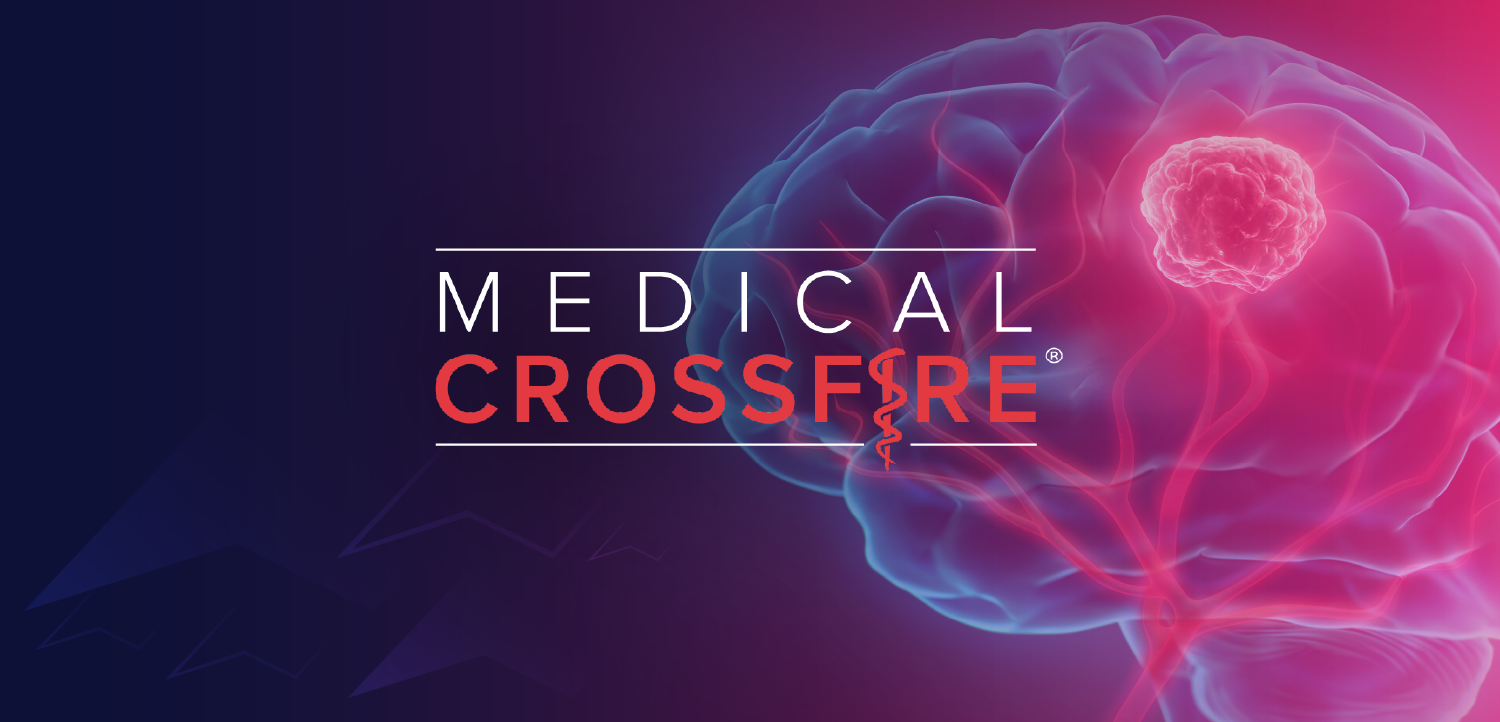
Complementary and Alternative Therapies for TBI: Key Points for Clinicians
The CAM options described here may help prevent trauma-related neurodegeneration over the long term.
THE CASE
JM is a 22-year-old student-athlete who reports increased anxiety, difficulty focusing on his studies, trouble falling asleep, and intermittent headache following his second concussion during a recent football game at his college. He saw the team physician immediately after the concussion and was treated appropriately in the acute setting.
For the past week, he has avoided playing football and has been jogging and trying to eat healthily. His primary concern is prevention of
Long-term management of TBI
Recent
Supplements
TBI has been shown to activate endoplasmic reticulum stress, oxidative stress, and neuroinflammation within the brain.2 Endoplasmic and oxidative stress are primary contributors to long-term neuroinflammation, which is an initiator for the development of tauopathy.3
Oral supplements can help mitigate these secondary cascades. Endoplasmic reticulum stress is one of the early contributors immediately after injury.
Oxidative stress occurs in the subacute period after injury.
Alternative therapies
Depression and anxiety are common following TBI.
Exercise should be in the form of sustained cerebrovascular-promoting activity such as running, biking, or swimming. These activities enhance cerebrovascular mechanics, improve clearance of toxic proteins throughout the brain’s glymphatic system, and decrease responsiveness to pain. Sustained
Complementary approaches
Eastern medicine can provide some beneficial options for the long-term management of TBI.
These complementary approaches should be used as adjuncts to the supplements, not as stand-alone therapies. They should also not replace consistent and sustained cerebrovascular-promoting exercise.
More on TBI complications and the outcome of the case >>
Complications of TBI
Unfortunately, medical providers have provided no clear guidance for most patients with TBI. Thus, these individuals have been left to self-medicate. Patients with severe or repetitive injuries often resort to
In addition, signs of neurodegeneration are often not caught early enough. Impulsivity and anxiety are
While it is ideal to start preventive techniques early, implementation of the strategies described here may still benefit patients in the initial stages of chronic traumatic encephalopathy. Prospective studies are needed to determine how effective later-onset treatment strategies are for patients. Collaboration with public health experts will be critical in this initiative.
Outcome of the case
JM received DHA, lipoic acid, vitamin D, vitamin E, and magnesium supplementation. He also participated in a cerebrovascular-promoting exercise program, mind-body practices, and a yoga course. After careful consideration, he gave up football because he realized his brain health was more important. At 2-year follow-up he is feeling great, his anxiety has resolved, and he just got his acceptance letter for medical school.
Dr Lucke-Wold is a Resident in the Department of Neurosurgery, University of Florida, Gainesville.
References:
1. Badea A, Kamnaksh A, Anderson RJ, et al.
2. Logsdon AF, Lucke-Wold BP, Nguyen L, et al.
3. Yu J, Zhu H, Taheri S, et al.
4. Zhu W, Ding Y, Kong W, et al.
5. Lucke-Wold BP, Naser ZJ, Logsdon AF, et al.
6. Theadom A, Mahon S, Barker-Collo S, et al.
7. Cikajlo I, Cizman Staba U, Vrhovac S, et al.
8. Morris TP, Costa-Miserachs D, Rodriguez-Rajo P, et al.
9. Liu J, Xue X, Wu Y, et al.
10. Combs MA, Critchfield EA, Soble JR.
11. Zibara K, Ballout N, Mondello S, et al.
12. Devonish JA, Homish DL, Vest BM, et al.
13. Shaver TK, Ozga JE, Zhu B, et al.
14. Thomas TC, Colburn TA, Korp K, et al. Translational considerations for behavioral impairment and rehabilitation strategies after diffuse traumatic brain injury. In: Kobeissy FH, ed.
Newsletter
Keep your finger on the pulse of neurology—subscribe to NeurologyLive for expert interviews, new data, and breakthrough treatment updates.









































